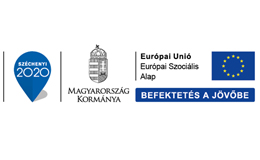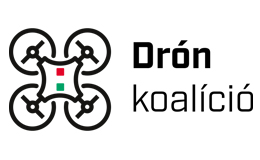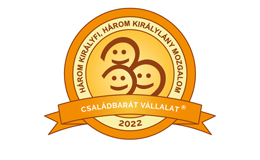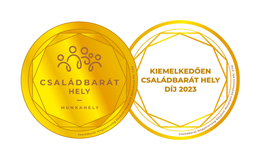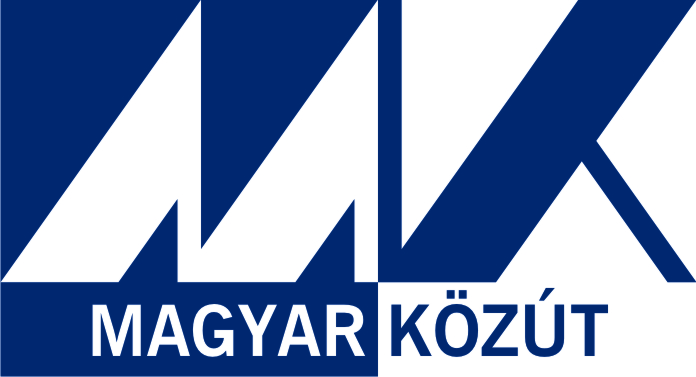Hungary’s first standard 5G station was launched at downtown Zalaegerszeg.
5 G technology can significantly improve traffic safety, since vehicle-to-vehicle and vehicle-to-infrastructure communications enable the spreading of traffic safety information among drivers not only trough ETSI-G5 short term radio communication (which is similar to WIFI), but also trough mobile technology. Since 2015, a 136 km long ETSI-G5 technology based test section has been operated on Hungary’s M1 motorway, with the aim of increasing road work safety.
At the end of 2018, the system was further upgraded with equipment placed on the M0 ring road. Based on our experiences, we decided to deploy additional equipment in order to extend the coverage on the M1 and M7 motorways and on the M70 high-speed road.
On 24 January 2019, the European Commission adopted a very important amending Implementing Decision to harmonise the radio spectrum in the 3.4-3.8 GHz (or 3.6 GHz) band for the future use with 5G. This is necessary to enable Member States to reorganise and allow the use of that band for 5G systems by 31 December 2020 in line with the European Electronic Communications Code.
The frequency assignment seems to solve a long-lasting issue. The frequency separation for vehicle communication technologies (for ETSI-G5 5,9 GHz,while for the 5 G mobile technology 3,4-3,8 GHz was assigned in the EU) will help to avoid interferences, so that messages can be reliably transmitted to road users.
More information on the Commission’s decision:
https://ec.europa.eu/digital-single-market/en/news/commission-decides-harmonise-radio-spectrum-future-5g
Additional sources:
https://www.zaol.hu/gazdasag/helyi-gazdasag/zalaegerszegen-inditja-az-elso-magyarorszagi-5g-halozatat-a-telekom-2816311/
Máté Verdes
senior project manager




